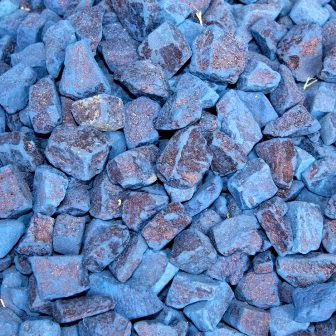Indigo Dye
 |
| Indigo Dye |
Chemical Properties Of Indigo Dye
Indigo is a dark blue crystalline powder that sublimes at 390–392 °C (734–738 °F). It is insoluble in water, liquor, or ether, yet dissolvable in DMSO, chloroform, nitrobenzene, and concentrated sulfuric corrosive. The substance recipe of indigo is C16H10N2O2.
The atom ingests light in the orange piece of the range (λmax = 613 nm). The compound owes its profound shading to the conjugation of the twofold bonds, i.e. the twofold bonds inside the atom are neighboring and the particle is planar. In indigo white, the conjugation is intruded on the grounds that the atom is nonpolar.
Chemical Synthesis of Indigo Dye:
Indigo has been arranged by numerous routines. The Baeyer-Drewson indigo amalgamation goes back to 1882. It includes an aldol buildup of o-nitrobenzaldehyde with CH3)2CO, trailed by cyclization and oxidative dimerization to indigo. This course is profoundly valuable for acquiring indigo and a hefty portion of its subordinates on the research center scale, yet was unrealistic for mechanical scale union. Johannes Pfleger and Karl Heumann Karl Heumann in the long run thought of mechanical large scale manufacturing combination. The primary economically commonsense course is credited to Pfleger in 1901. In this methodology, N-phenylglycine is treated with a liquid mixture of sodium hydroxide, potassium hydroxide, and sodamide. This profoundly touchy melt produces indoxyl, which is hence oxidized in air to shape indigo. Varieties of this system are still being used today. An option furthermore reasonable course to indigo is credited to Heumann in 1897. It includes warming N-(2-carboxyphenyl)glycine to 200 °C (392 °F) in an inactive climate with sodium hydroxide. The methodology is less demanding than the Pfleger strategy, however the antecedents are more extravagant. Indoxyl-2-carboxylic corrosive is produced. This material promptly decarboxylates to give indoxyl, which oxidizes in air to frame indigo. The readiness of indigo color is drilled in school research center classes as per the first Baeyer-Drewsen cours.
Indigo Derivatives:
The benzene rings in indigo can be adjusted to give a mixture of related dyestuffs. Thioindigo, where the two NH gatherings are supplanted by S iotas, is dark red. Tyrian purple is a dull purple color that is discharged by a typical Mediterranean snail. It was exceptionally prized in olden times. In 1909, its structure was indicated to be 6,6'-dibromoindigo. It has never been delivered on a business premise. The related Ciba blue (5,7,5′,7′-tetrabromoindigo) is, in any case, of business worth. Indigo and its subsidiaries highlighting intra- and intermolecular hydrogen holding have low solvency in natural solvents. They can be made solvent utilizing transient securing gatherings, for example, the tBOC bunch, which smothers intermolecular holding. Warming of the tBOC indigo results in effective warm deprotection and recovery of the guardian H-fortified shade.
Treatment with sulfuric corrosive proselytes indigo into a blue-green subordinate called indigo carmine (sulfonated indigo). It got to be accessible in the mid-18th century. It is utilized as a colorant for sustenance, pharmaceuticals, and beauty care production.

.png)








0 comments:
Post a Comment